The American Association of Orthodontists considers orthodontic treatment as being very important part of children’s oral health care. Teeth are very important in many ways. Teeth work together to make it possible to bite and chew properly, and contribute to clear speech. Proper functioning teeth tend to have a pleasing appearance. A beautiful smile is the outward sign of good oral health, and sets the stage for overall well-being.
The American Association of Orthodontists recommends children get their first orthodontic check-up at the first recognition of an orthodontic problem, but no later than age 7. At this age, children have a mixed dentition, primary (baby) and permanent teeth. During each dental visit an assessment of the dental changes is conducted to note any possible problems as the permanent teeth take the place of baby teeth, and as the face and jaws are growing. If a problem exists, or if one is developing, treatment will be recommended or referred to an orthodontist who will then further advise you on whether treatment is recommended, when it should begin, what form the treatment will take, and estimate its length.
Sometimes preventive or interceptive orthodontic treatment (first phase) is all that is needed. More often, patients will require a comprehensive orthodontic treatment (second phase) after most or all of the permanent teeth are present. This will complete the tooth and jaw alignment that was started in the first phase of preventive or interceptive treatment.
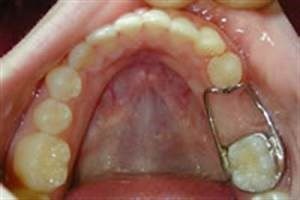
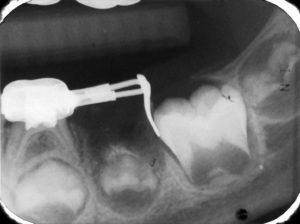
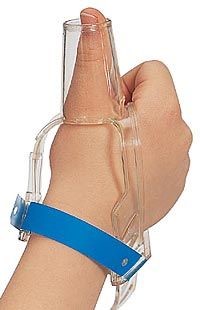
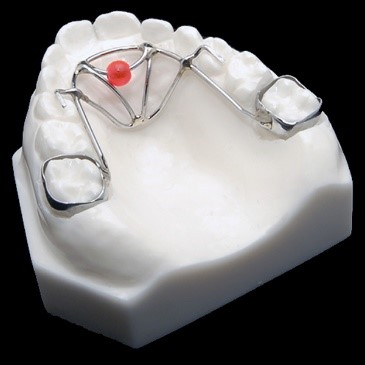
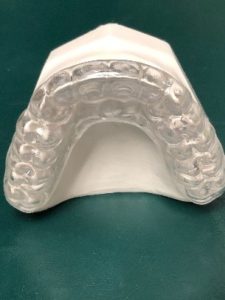 Bruxism is a grinding of the teeth and is usually reported to be a night activity though some children do so during the day. The masticatory muscle soreness and temporomandibular joint pain may be attributed to bruxism. The cause of bruxism is not known. Most explanations are centered around local, systemic and psychological reasons. The local theory speculates that bruxism is a reaction to an occlusal interference, high restoration or irritating dental condition. The systemic factors include intestinal parasites, subclinical nutritional deficiencies, allergies and endocrine disorders. The psychological theory claims the manifestation of personality disorder or increased stress. Children with musculoskeletal disorder (cerebral palsy) and those with mental retardation commonly grind their teeth. Treatment should begin with occlusal equilibration to remove interferences. If occlusal interference or equilibration is not successful then referral to the necessary physician to determine or treat systemic problems. If neither two steps are not successful then a mouthguard appliance can be constructed of soft plastic to protect the teeth and eliminate the grinding habit. If the habit is due to psychological factors, then refer to child development specialist.
Bruxism is a grinding of the teeth and is usually reported to be a night activity though some children do so during the day. The masticatory muscle soreness and temporomandibular joint pain may be attributed to bruxism. The cause of bruxism is not known. Most explanations are centered around local, systemic and psychological reasons. The local theory speculates that bruxism is a reaction to an occlusal interference, high restoration or irritating dental condition. The systemic factors include intestinal parasites, subclinical nutritional deficiencies, allergies and endocrine disorders. The psychological theory claims the manifestation of personality disorder or increased stress. Children with musculoskeletal disorder (cerebral palsy) and those with mental retardation commonly grind their teeth. Treatment should begin with occlusal equilibration to remove interferences. If occlusal interference or equilibration is not successful then referral to the necessary physician to determine or treat systemic problems. If neither two steps are not successful then a mouthguard appliance can be constructed of soft plastic to protect the teeth and eliminate the grinding habit. If the habit is due to psychological factors, then refer to child development specialist.